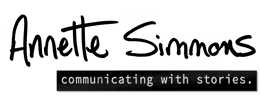Episode #2: Karen Dietz
Karen is the best curator of articles about successful storytelling I know. We go back a long way. She and I met in the world of traditional tellers “back in the day.” Today she has a finger on the pulse of business storytelling. In fact, Karen Dietz and Lori Silverman have written a new book:

